
Strange Psychology Of Cartoons And Animation Entertainment
Psychology Of Cartoons And Animation
A Deep Dive into the Cartoons And Animation
Cartoons are more than entertainment. They are psychological instruments that shape perception, emotion, and cognition. From early childhood to adulthood, animated content influences how we process information, empathize with others, and interpret social cues. The psychology of cartoons spans neuroscience, developmental psychology, cultural studies, and media theory. Their impact is measurable in brain activity, emotional resonance, and behavioral modeling.
Neural Activation and the Phi Phenomenon
Cartoons rely on the phi phenomenon, a perceptual illusion where static images shown in rapid succession create motion. This illusion activates the occipital lobe, which is the brain’s visual processing center. Neuroscientists have found that animated sequences stimulate more intense neural activity than static images. The temporal lobe also engages by decoding shapes, colors, and auditory cues.
Cartoons use synchronized sound and motion to heighten emotional impact. Mirror neurons fire when viewers observe animated characters expressing emotion. These neurons enable empathy by allowing viewers to feel joy, sadness, or fear alongside characters. The anterior insula processes emotional resonance by linking visual stimuli to internal states. Cartoons create immersive experiences by triggering multiple brain regions simultaneously. This multisensory engagement explains their psychological potency.

Emotional Learning Through Animated Characters
Cartoons teach emotional regulation by modeling responses to stress, joy, and conflict. Characters often face exaggerated dilemmas, which allow viewers to explore emotional outcomes safely. Children learn to identify emotions by observing facial expressions and tone of voice. Animated characters simplify emotional cues, making them easier to decode. Repetition reinforces emotional patterns and helps viewers internalize coping strategies. Cartoons often resolve conflict through empathy, which encourages prosocial behavior. Emotional arcs in cartoons mirror real-life development stages. Viewers experience catharsis when characters overcome adversity. This emotional mirroring strengthens neural pathways associated with empathy. Cartoons are effective tools for emotional education.
Cognitive Development and Problem-Solving
Cartoons enhance cognitive skills by presenting puzzles, challenges, and cause-effect scenarios. Educational cartoons use narrative logic to teach sequencing and reasoning. Children exposed to animated problem-solving show improved executive function. Cartoons often use visual metaphors to represent abstract concepts. This helps viewers grasp ideas like time, space, and transformation. Language acquisition is supported through repetition and contextual cues. Cartoons with clear dialogue and visual reinforcement improve vocabulary retention. Problem-solving sequences activate the prefrontal cortex, which is responsible for planning and decision-making. Viewers learn to anticipate outcomes and evaluate consequences. Cartoons scaffold cognitive growth by aligning entertainment with learning. Their structure supports mental flexibility and adaptive thinking.
Cartoons And Animation
Humor and the Incongruity-Resolution Theory
Cartoon humor operates on the principle of incongruity-resolution, where surprise leads to laughter if it makes sense. The brain predicts outcomes, and humor arises when those predictions are subverted. Timing is crucial, even in single-panel cartoons. Visual rhythm guides the viewer’s eye to the punchline. Sarcasm and satire engage higher-order thinking and require cultural and emotional context. Cartoons use exaggeration and absurdity to highlight social norms. Humor reduces stress by activating reward centers in the brain. Laughter reinforces memory, making humorous content more memorable. Cartoons often use humor to critique authority or challenge stereotypes. This makes them powerful tools for social commentary.
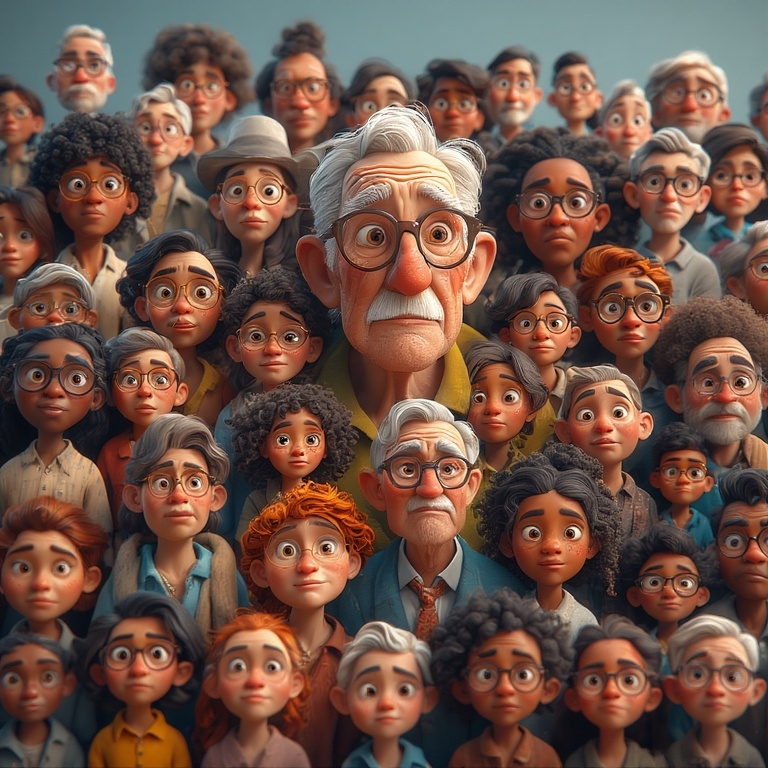
Symbolism and Visual Metaphor
Cartoons encode meaning through symbolic imagery by using color, shape, and motion to represent ideas. Red often signals danger or passion, while blue suggests calm or sadness. Character design reflects personality traits. Round shapes imply friendliness, while sharp angles suggest aggression. Motion exaggeration conveys emotional intensity. Fast movements indicate excitement or panic. Backgrounds reinforce mood. Dark tones evoke mystery, while bright tones suggest optimism. Visual metaphors simplify complex themes such as transformation or identity. Cartoons use symbolic layering to create depth and allow multiple interpretations. Symbols evolve across episodes, building narrative continuity. Viewers learn to decode these symbols unconsciously. This symbolic fluency enhances media literacy.
Cultural Representation and Identity Formation
Cartoons reflect and shape cultural norms, influencing how viewers perceive race, gender, and social roles. Stereotypes in animation can reinforce biases or challenge them through subversion. Diverse representation fosters inclusion and allows viewers to see themselves in media. Cartoons often explore identity through transformation, where characters change form, role, or perspective. This mirrors real-life identity development. Cultural motifs in animation introduce viewers to global traditions. Language, clothing, and rituals are encoded visually. Cartoons can normalize difference and reduce stigma around disability, ethnicity, or gender expression. Identity formation is supported by relatable characters and narratives. Viewers internalize values modeled by animated protagonists. Cartoons serve as both cultural mirrors and molders.
Nostalgia and Adult Engagement
Adults engage with cartoons through nostalgia by revisiting childhood memories and emotional anchors. Nostalgic cartoons activate the hippocampus, which is linked to memory retrieval. Familiar characters evoke comfort and continuity. Cartoons offer emotional refuge from adult stressors. They also provide commentary on adult themes by using humor and metaphor. Animated satire critiques politics, economics, and social dynamics. Adults appreciate layered storytelling, where surface humor masks deeper meaning. Cartoons can reignite creativity and playfulness. They foster intergenerational bonding, as parents and children share animated experiences. Nostalgia enhances emotional resilience and identity coherence.

Educational Cartoons and Learning Outcomes
Educational cartoons improve retention by combining visual, auditory, and narrative elements. Studies show higher test scores among children exposed to animated learning modules. Cartoons simplify complex subjects such as math, science, and history. They use storytelling to contextualize facts. Repetition and reinforcement aid memory consolidation. Animated characters model curiosity and persistence. Viewers mimic these traits, which improves academic engagement. Cartoons can adapt to different learning styles, including visual, auditory, and kinesthetic. They support inclusive education by accommodating diverse needs. Educational cartoons bridge entertainment and pedagogy. Their impact is measurable in cognitive and behavioral outcomes.
Social Skills and Peer Interaction
Cartoons teach social norms through character interaction and conflict resolution. Viewers learn turn-taking, sharing, and cooperation. Animated scenarios model friendship, rivalry, and reconciliation. Social scripts are embedded in dialogue and behavior. Cartoons often depict moral dilemmas that encourage ethical reasoning. Viewers practice perspective-taking by empathizing with different characters. This strengthens theory of mind, which is the ability to understand others’ thoughts and feelings. Cartoons reinforce group identity and belonging. They also highlight exclusion and bullying, prompting reflection. Social learning through cartoons is foundational in early development and shapes interpersonal behavior and emotional intelligence.
Gender Representation and Role Modeling
Cartoons influence gender perception through character traits and narrative roles. Historically, male characters dominated action-oriented and leadership positions. Female characters were often portrayed as passive, decorative, or secondary. Modern cartoons are challenging these norms by presenting diverse gender expressions and stronger female protagonists. These characters model agency, resilience, and emotional intelligence. Non-binary and gender-fluid characters are appearing more frequently, promoting inclusivity and expanding representation.
Role modeling in cartoons affects career aspirations and self-concept, especially during formative years. Balanced gender representation fosters equality and encourages viewers to question stereotypes. Repeated exposure to diverse roles helps normalize a broader spectrum of identities. Animation has the power to deconstruct outdated norms and expand possibilities. Gender representation in cartoons is a dynamic site of cultural negotiation and transformation.
Violence and Behavioral Modeling
Cartoons often depict violence in exaggerated or humorous ways, which can have varied psychological effects. Research shows that context and framing significantly influence viewer response. Realistic violence may desensitize viewers, while slapstick or stylized violence tends to be less impactful. Parental mediation and discussion can reduce negative outcomes and help children interpret content critically. Cartoons also model conflict resolution and nonviolent alternatives, offering viewers a range of behavioral responses.
Behavioral modeling occurs when viewers imitate character actions, whether aggressive or prosocial. Repetition reinforces these behaviors, making narrative framing crucial. Cartoons with clear moral lessons can mitigate harmful effects and promote ethical reasoning. Viewer age and cognitive maturity play a role in how violence is interpreted. Responsible content creation and viewer guidance are essential. Violence in cartoons must be contextualized and examined through a psychological lens.
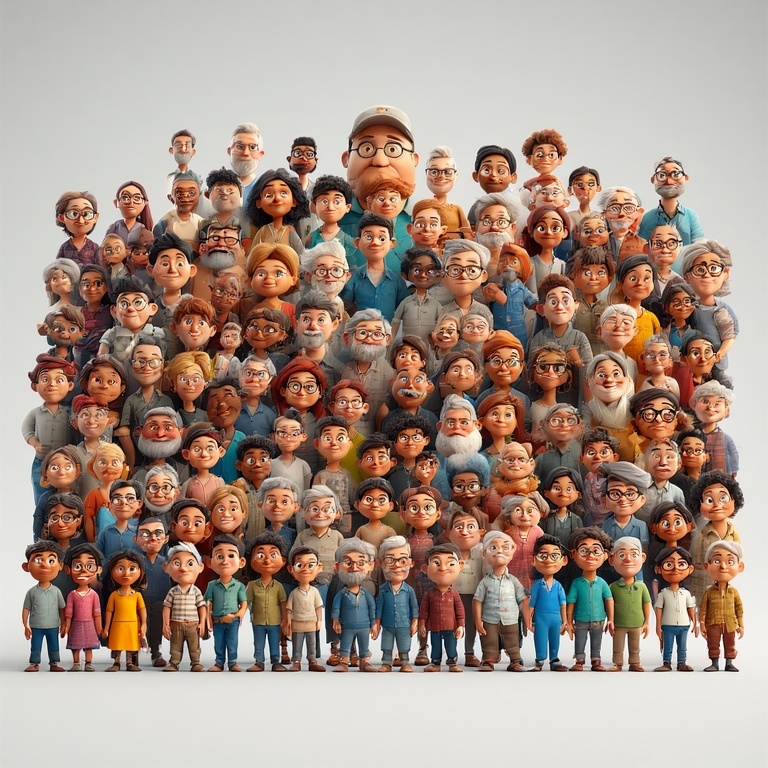
Animation Techniques and Viewer Engagement
Different animation styles elicit distinct psychological responses and levels of viewer engagement. Hand-drawn animation often evokes nostalgia and emotional intimacy due to its tactile aesthetic. CGI offers realism and spectacle, which can heighten immersion and visual stimulation. Stop-motion animation creates a sense of texture and physicality that engages the viewer’s sensory awareness. Frame rate influences motion perception, with smoother animation enhancing fluidity and realism.
Color palettes affect mood and attention, guiding emotional tone and thematic resonance. Sound design plays a critical role in enhancing emotional impact and narrative pacing. Editing rhythm directs viewer focus and shapes the storytelling arc. Character movement conveys personality traits and emotional states, reinforcing narrative depth. Animation techniques shape the tone, pacing, and emotional texture of a cartoon. Viewer engagement depends on the coherence of these sensory elements and their alignment with narrative intent.
Cartoons and Mental Health
Cartoons can support mental health by providing emotional validation, stress relief, and psychological insight. Animated narratives often address themes of anxiety, depression, trauma, and resilience in accessible ways. Characters model coping strategies such as mindfulness, self-reflection, and emotional expression. Humor in cartoons reduces cortisol levels and promotes relaxation, making them effective tools for stress management. Cartoons offer safe spaces for emotional exploration, allowing viewers to process complex feelings through symbolic storytelling.
They normalize mental health challenges and reduce stigma by portraying relatable experiences. Viewers often feel seen and understood when they connect with characters facing similar struggles. Cartoons can reduce isolation and foster a sense of connection and community. Therapeutic animation is increasingly used in clinical settings to support emotional healing. Mental health support through cartoons is a growing field with significant potential for impact.
Cartoons in Cross-Cultural Communication
Cartoons transcend language barriers through visual storytelling and universal themes. They facilitate cross-cultural understanding by portraying emotions, relationships, and values that resonate globally. Themes such as friendship, courage, and transformation are accessible across cultures. Cultural symbols are embedded in character design, setting, and narrative structure, introducing viewers to diverse traditions. Cartoons foster curiosity and openness by showcasing unfamiliar customs and perspectives. Translation and localization adapt content for different audiences while preserving core messages. Cross-cultural cartoons promote global citizenship and empathy by highlighting shared human experiences. They challenge ethnocentrism and encourage viewers to appreciate diversity. Animation serves as a bridge between cultures, enabling dialogue and mutual respect. Cartoons play a vital role in shaping intercultural awareness and emotional literacy.

The Future of Cartoon Psychology
Advances in neuroscience, artificial intelligence, and animation technology are reshaping our understanding of cartoon psychology. Eye-tracking and brain imaging tools reveal how viewers respond to visual and emotional stimuli in real time. Adaptive storytelling and personalized animation experiences are emerging, allowing content to respond to viewer emotions and preferences. Cartoons are being integrated into therapeutic, educational, and social platforms with measurable outcomes.
The rise of interactive animation and virtual reality expands the psychological impact of cartoons by deepening immersion. Ethical considerations around representation, emotional manipulation, and cognitive influence are becoming more prominent. Researchers are exploring how animated content affects long-term emotional development and social behavior. The future of cartoon psychology lies in its ability to blend entertainment with emotional intelligence and symbolic clarity. As animation evolves, its role in shaping minds and cultures will continue to grow. Understanding its psychological mechanisms will be essential for creators, educators, and viewers alike.
Conclusion
Cartoons are not passive entertainment. They are dynamic psychological tools that shape how we think, feel, and relate to the world. Their influence spans neural activation, emotional learning, cultural identity, and cognitive development. Whether teaching empathy, modeling resilience, or challenging stereotypes, cartoons operate as symbolic systems with measurable psychological impact. As animation evolves, its role in education, mental health, and cultural discourse will deepen. Understanding the psychology of cartoons allows creators, educators, and viewers to harness their full potential — not just for amusement, but for transformation.
Join the Discussion
How have cartoons shaped your emotional or cognitive development? Which animated characters helped you understand yourself or others?
#CartoonPsychology #AnimationAndMind #SymbolicStorytelling #EmotionalLearning #CognitiveDevelopment #VisualMetaphor #CulturalRepresentation #MentalHealthMedia #EducationalCartoons #NeuralActivation #EmpathyThroughAnimation #InclusiveStorytelling #CartoonSymbolism #HumorAndHealing #FutureOfAnimation
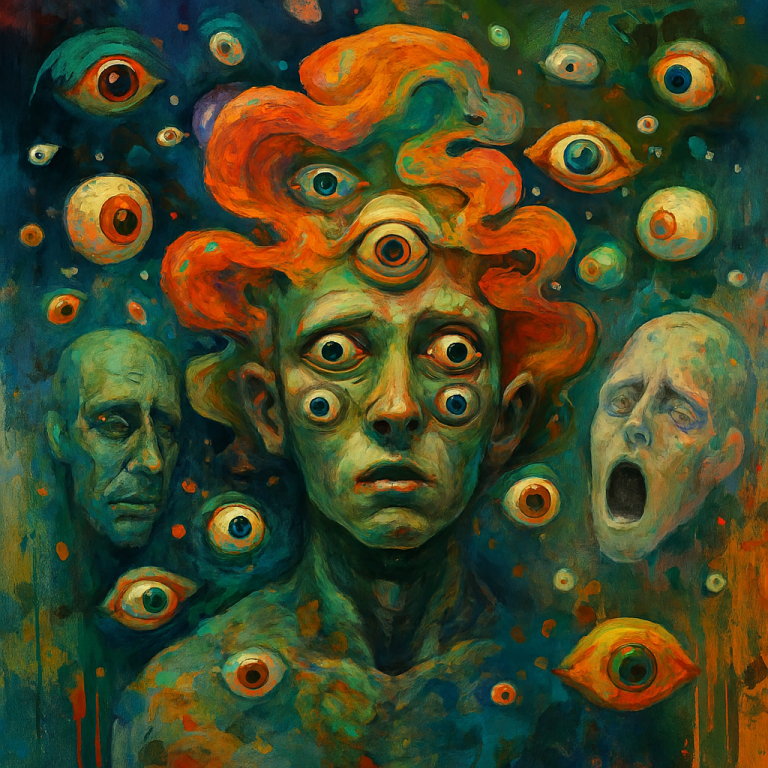
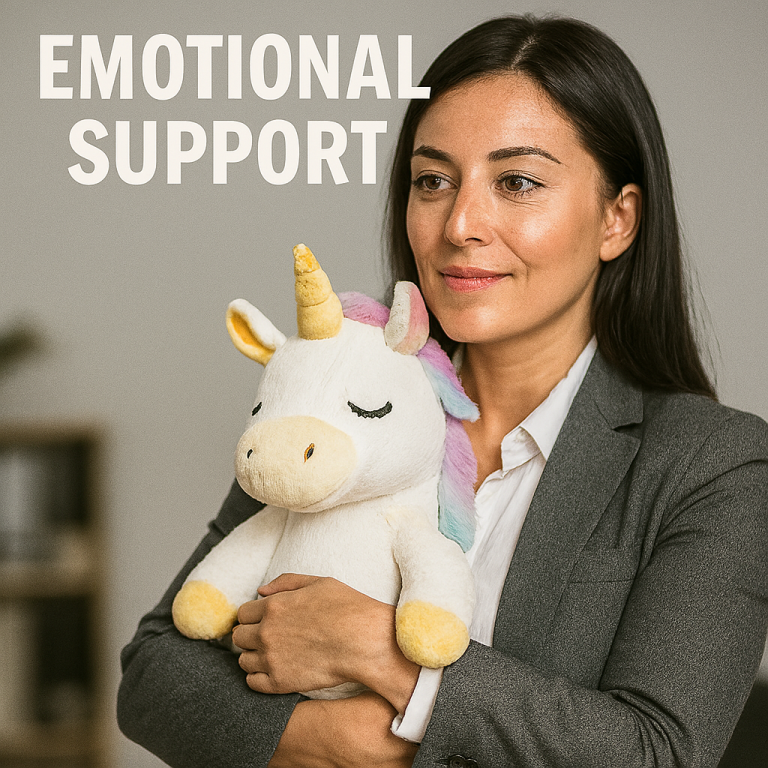

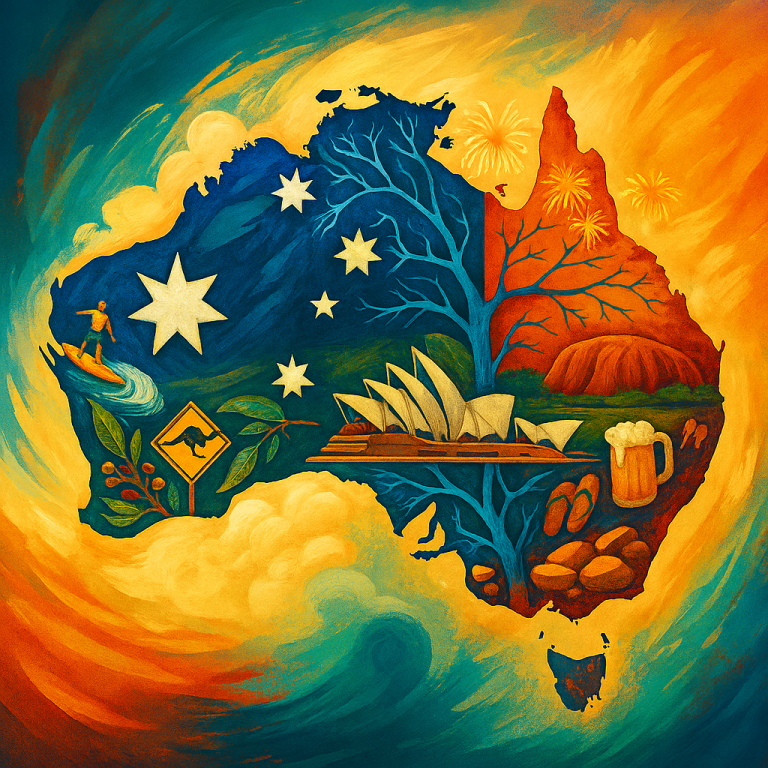

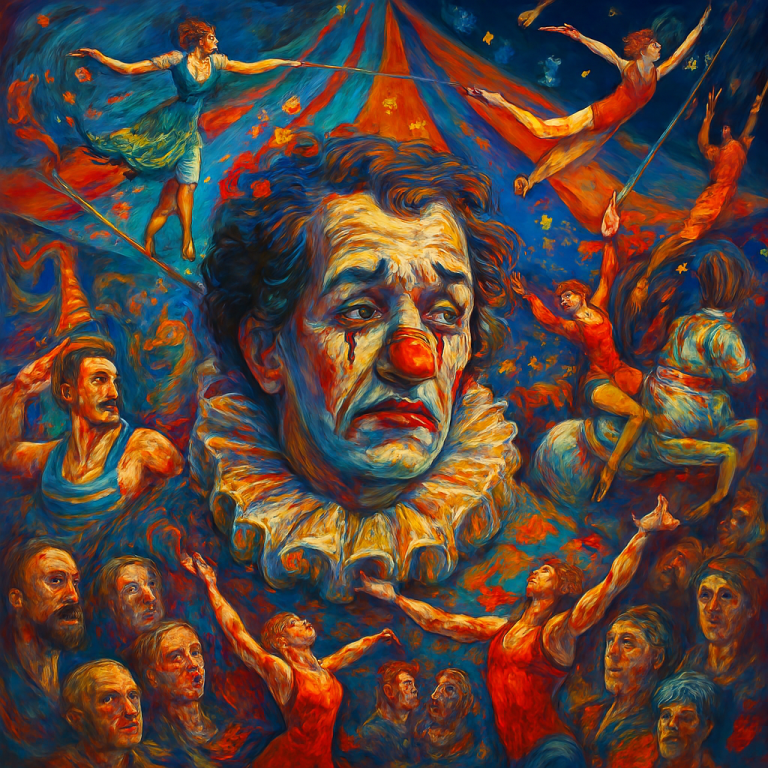
3 thoughts on “Strange Psychology Of Cartoons And Animation Entertainment”